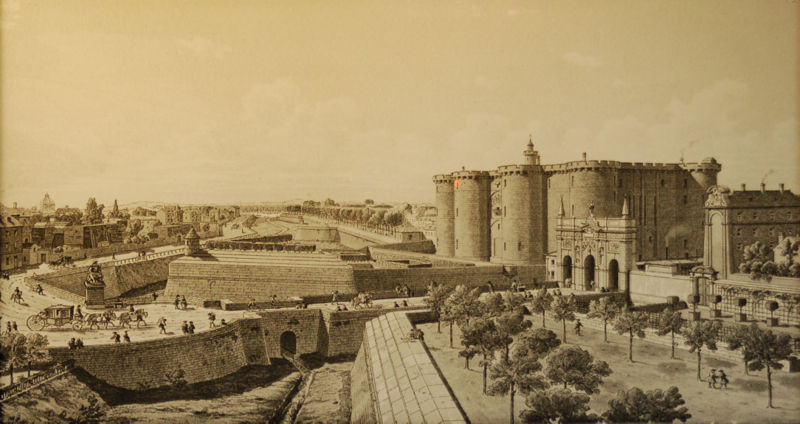
And the moral of the story is never lean on the weird. Or they will chop your head off. Take my word for it, Bubba. I am an expert on these things. I have been there.
–HST, 1994
How the Marquis de Sade was finally forced into politics. Bastille Day is Tuesday, July 14, the French day of independence, which occurred 220 years ago. During the workweek, of course, we are not likely to write about Revolution. Or The Marquis. WAC? has big ones–but we have a decent respect for those who are straight-laced, clean-living and just trying to avoid the next nightmare. They are our people. We come from that; we lived among them for many years.
Besides, no matter what the mainstream press tells you, there’s a “riot goin’ on” (i.e., the late-2008 Recession). No use in further aggravating our well-educated readers, many with serious resources to conserve and protect. Yet it is Saturday. This is What About Paris? Bear with us.
According to Dr. Thompson in “Better Than Sex” (a 1994 book about U.S. politics), and some other sources, the Marquis de Sade (1740-1814), the Parisian artist and French nobleman, played a role in this opening drama of the French Revolution. It is true that the Marquis, a serious artist, was out-front different, wild, and independent; he didn’t care what people thought or said about him.
Ever.
Thompson writes that on occasion The Marquis would run amok on booze and laudanum in the streets of Paris, just to blow off steam. The mainstream French aristocracy, and clergy, were never happy with the Marquis. They “not only hated his art, they hated him”.

The Bastille
